On the first Wednesday of each month we like to pause and take a look at what’s going on in the world around us. We’ll highlight some nature and environmental news, give you a bit of inspiration, and ask you to partake in a monthly sustainability initiative with us.
With all of the snow that’s falling, there’s no doubt that we’re definitely deep in the middle winter, yet the slowly growing days are making it all bearable. Did you join us during January in trying to reduce your salt/chemical use when clearing the snow? Katie spent a boat-load of time shoveling her Colorado driveway. All of that exercise was fueled by her afternoon milkshake habit!
This month we’re excited to share our new challenge as well as a bit of inspiration and some stories that caught our eye in the news.
In the News
A new study suggests the Moon’s Tidal Forces Affects Rainfall. Scientist poured (har har) over fifteen years of weather data to conclude that the moon’s forces cause rain levels to vary by up to one percent. You’re probably thinking, ‘Holy sh!t!’ and we are too because this could lead to more accurate climate models.
We’ve mentioned micro-plastics more times than we are proud of, but please read the labels of your cosmetics. If you still have old bottles of face wash with micro beads, dispose of them properly, it’s for the oysters!
We’re always curious about the way our minds work and while we were not surprised to read Exercise Videos May Be Psychologically Harmful, it gave us a moment of pause. We don’t want to contribute to the perpetuating belief that a thin body is a healthy body. We sincerely hope you’re practicing self love no matter what the scale says.
Ugh, sometimes reading nature news makes us sad. Really sad.
Small Steps
This month we have one goal: to always buy organic + sustainably grown flowers. Always. Always. Always. Without fail February and May boast the highest flower sales in the United States. Instead of giving your Valentine or your mama flowers laced with pesticides, please buy organic, fair trade blooms, extra points if they’re local. It’s a small and surprisingly inexpensive change we can all make starting this month. Buying organic, sustainably grown flowers improves the health of not only flower growers, but our waterways, wildlife, and environment as a whole. 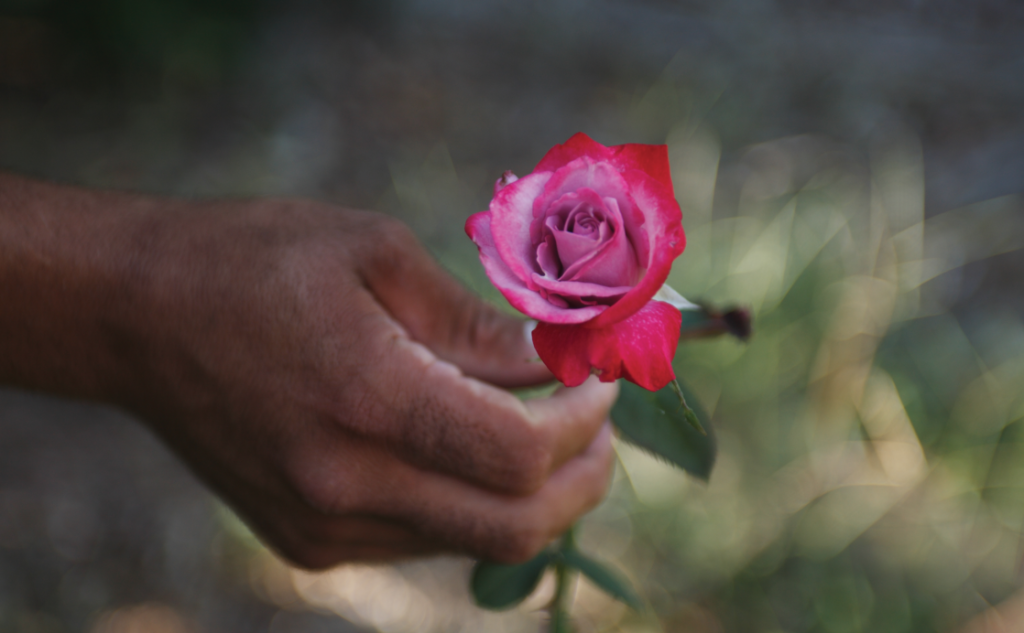
How can we ensure we’re buying blooms we can all be proud of? First, you can visit your farmers market and talk directly to the individuals responsible for the bouquets. If you frequent a florist, urge him or her to source organic and sustainably grown flowers if they’re not already doing so. You can buy organic online. Or you can buy flowers from the grocery store, just look for the Veriflora seal. Veriflora is a global third-party certifier of environmental, sustainability and agricultural product quality claims, which makes it more trustworthy than simply an organic sticker on your bouquet (more on this below). Sometimes companies try to ‘green’ their products by confusing the consumer, which can be the case with other certification stickers or the sticker might be telling you a half truth. The flowers are “organic”, but the country that classified them as so may have way laxer guidelines than the U.S.
If you are seeing a certification sticker and you’re curious, do your research, be an informed consumer, better the environment through your decisions. Know that organic certification focuses on the environment, while sustainable includes both social and ecological standards. While the optimal flowers are organic and sustainably grown, we’ll take a sprinkle of pesticides over total disregard for workers’ rights and health. Organic may be best for the environment, but sustainable flowers provide ecological benefits as well, like providing clean jobs to third world workers. Every certified bloom you buy helps two times over. It means less pollution now, and it encourages more growers to go green.
Decisions decisions. Your decisions as an individual consumer matter greatly, which is why we’re using our power and asking you to use yours to change industry standards. On our best day here at Live Seasoned, ten thousand of you may read this post and decide you’ll never buy a flower without an organic certification again. That’s a really big deal. Then again you, and only you, may make an enormous difference on your own.
Take Gerald Prolman for instance, he’s been in the organics game for almost thirty years. He is the driving force behind tougher industry standards for flower growers across the entire world. Prolman is the founder of Organic Bouquet, the online flower company that initiated the Veriflora seal. We’re such big fans of the Veriflora seal because it accounts not only for controlled pesticide use, but also environmentally sensitive waste disposal, minimal water use via drip irrigation and rainwater collection, boilers with air pollution filters, sulfur vaporization, integrated pest control and the list goes on. It basically encourages flower producers to do everything and anything to get their freaking act together. What about the workers you ask? Well in many cases they are offered educational and housing subsidies, day care centers, literacy education, higher wages and shorter workweeks, on-site health care, and full benefits including medical, disability and retirement insurance. That sentence makes our heart sing. We want more of that and less of this: “The analyses suggested that work in floriculture is associated with a higher occurrence of spontaneous abortion and birth defects.”
A Bit of Inspiration
The new year always brings about a feeling of growth or at least change and while our natural urge is to dig in our heels and stay comfortably where we are, change is beautiful. We encourage you to embrace it, to go with the flow and see where you end up. Stop resisting. Just think of the pretty dried rose petals we’ve used in our tea and cake recipes this week. The rose had to grow, bloom, die and dry, for us to use those petals that we think are so stinkin’ cute so while you’re out there growing, blooming, shedding, and transforming, don’t think back to the rose you once were, embrace the beautiful new petals that appeared during your transformation.
Because it’s February and the topic of love will inevitably invade your mind, try a self love exercise I learned in yoga teacher training: Find a pretty piece of paper and write “Your Name, I love you. You are so beautiful. Your Name, I am always with you. You are so wonderful. You are perfect at this moment and I love each and every part of you. You have a beautiful heart, soul, mind, and body. Your Name I’m so thankful for you. I will care for you like baby.” Below that, write down ten things you love about yourself. Every morning, look in the mirror and read the whole script aloud.
Here’s my list of ten things I love about myself. I hope that by sharing it here, you will write a list and work on this self love exercise with me all month long.
10 things I <3 about me:
- I’m adventurous
- I’m independent
- I’m open minded
- I’m approachable
- I’m curious
- I’m simplistic
- I’m friendly
- I’m giving
- I’m determined
- I’m optimistic
For me, it felt awkward at first. I’m bashful, even in my own skin, so saying it all aloud was challenging in the beginning. Why is that? Why are we so tough on ourselves? I’m not here to answer that, but after reading this to myself every morning for a few weeks, I know I’m not as tough on myself as I once was. It’s like learning how to treat yourself well again instead of listening to the negative brain chatter that sneaks in here or there during the day. I encourage you to try this, at least for a week, and let me know how you felt during the process. XO

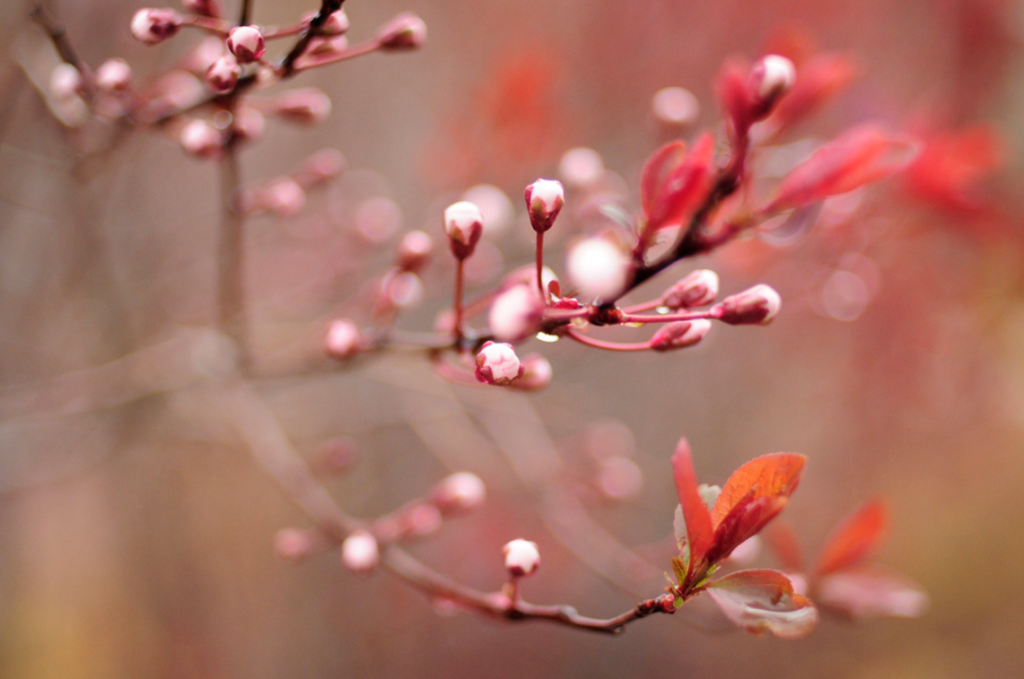
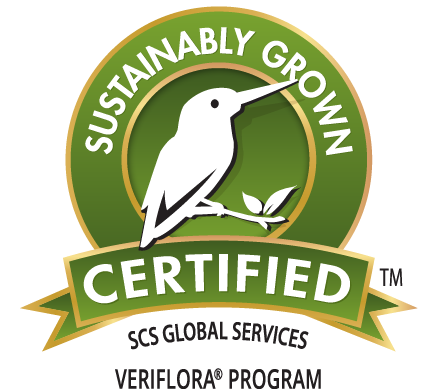
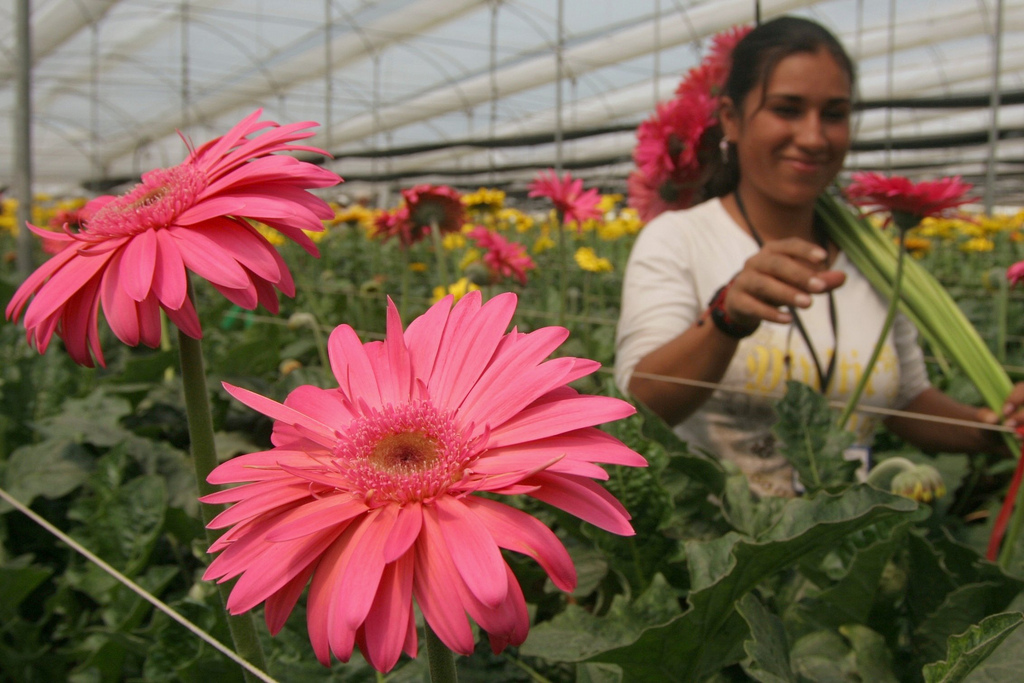
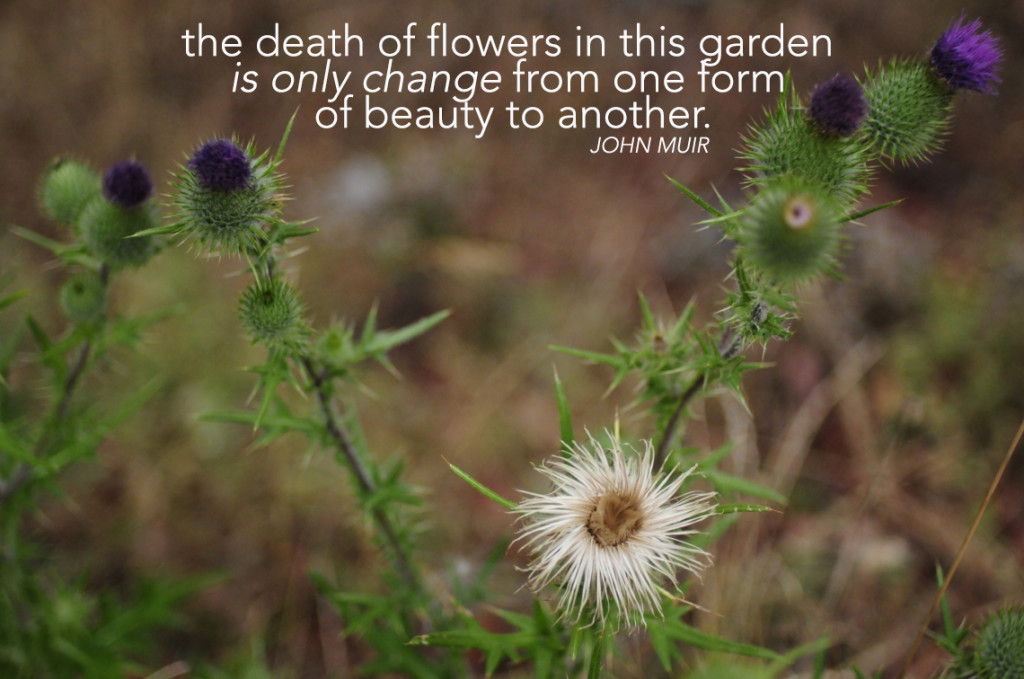
just a quick question about a photo at the very top…the pink buds and red orange leaves coming out of the branches…really would love to know what this is??? thanks!
Hi Nicole! I shot this photo over five years ago in Philadelphia, so I can’t be 100% positive, but I think that was a Japanese Maple in the early stage of budding 🙂
interesting, i hate to say this, but can i dispute that?! 🙂 from my experience i have to wonder if it is not…flowers on japanese maples are very different from my experience or maybe you found one i’m not familiar with, if so…i will eat my words for sure! 🙂 i wonder if it is a flowering plum or a crab apple…does that seem possible? thanks for chatting, even though i know this is not even close to what your blog post is about :)))))
Disagree you may! You could be right, I searched my archives and unfortunately I don’t have an image of the entire tree or really any that would give us more clues.
well thanks for chatting…i love tree identification! good luck with your blog 🙂
Thank you! We love identifying nature finds too! If I come across those buds again, I’ll take more notes 😉
Hi Nicole (and Sarah),
Katie here, I couldn’t help but get in on the discussion! Nicole, I think you’re onto something with the flowering plum. There are a lot of ornamental plums in Philly – they grow pretty well there. I hadn’t identified them by their buds before, but I do think this is one of them. From the quick research I did, it looks like plum blossoms come from individual buds that are each on a little stem growing out from along the length of the tree’s branches. Whereas, apply varieties usually have a clump of blossom growing out of a terminal buds on the end of short woody shoots… I would love to get better at winter tree identification, so this was a fun test of identification using mostly winter skills on a tree that hasn’t opened it’s flowers yet.
I found these sites helpful :
one – http://umaine.edu/fruit/growing-fruit-trees-in-maine/pruning/flower-buds/
two – http://www.vcbf.ca/plum-versus-cherry-trees-how-to-tell-the-difference
-Katie